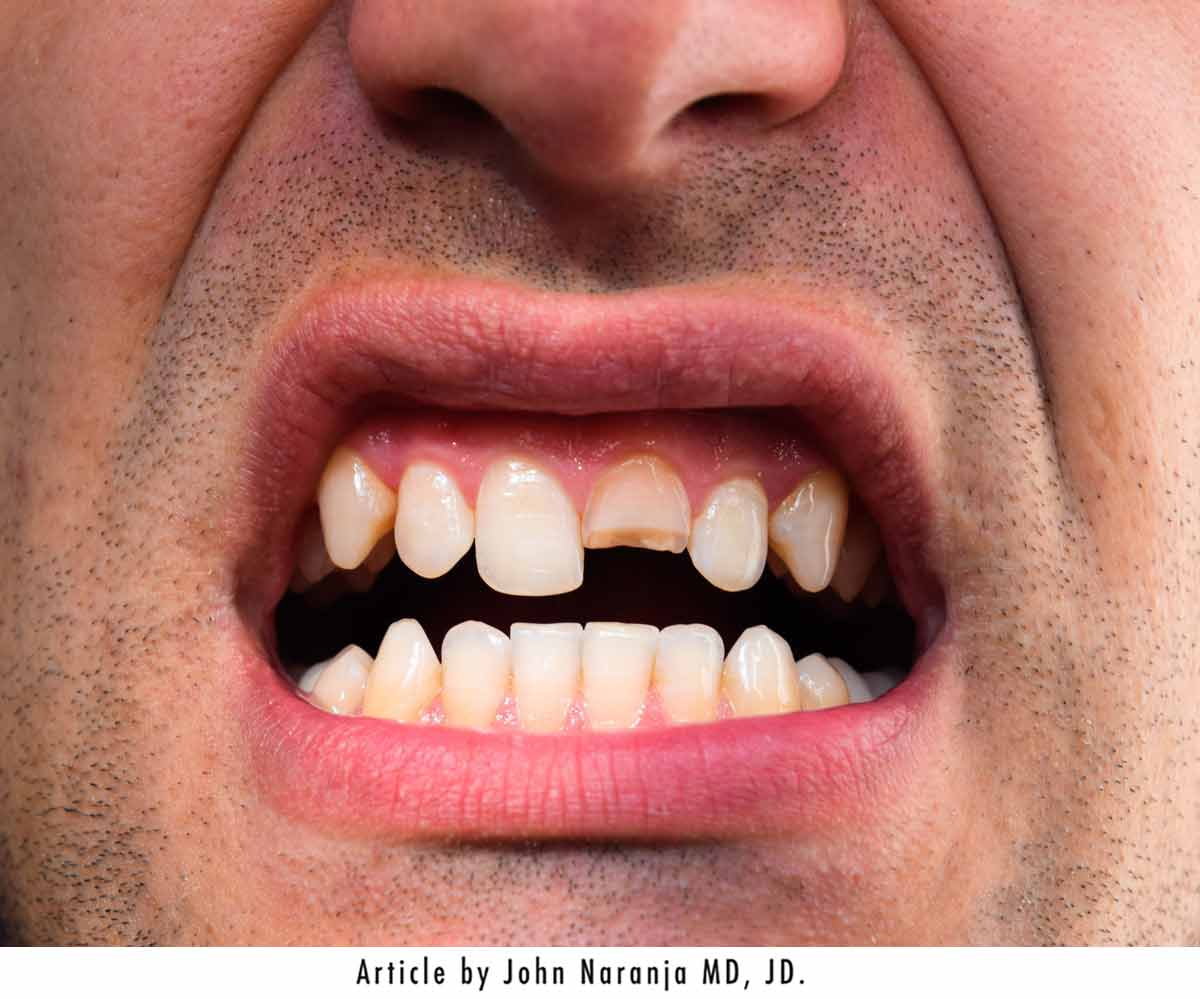
Trauma to the face often involves dental injury. These types of dental injuries can be broadly categorized into chipped teeth or complete dislodging of a tooth. The latter is less common but is more severe.
Over one billion people have sustained a traumatic dental injury. In fact, if traumatic dental injury was included in the list of the world’s most frequent acute/chronic conditions or injuries, it would rank fifth.
To understand traumatic dental injuries, it is helpful to look at the anatomy of a tooth.
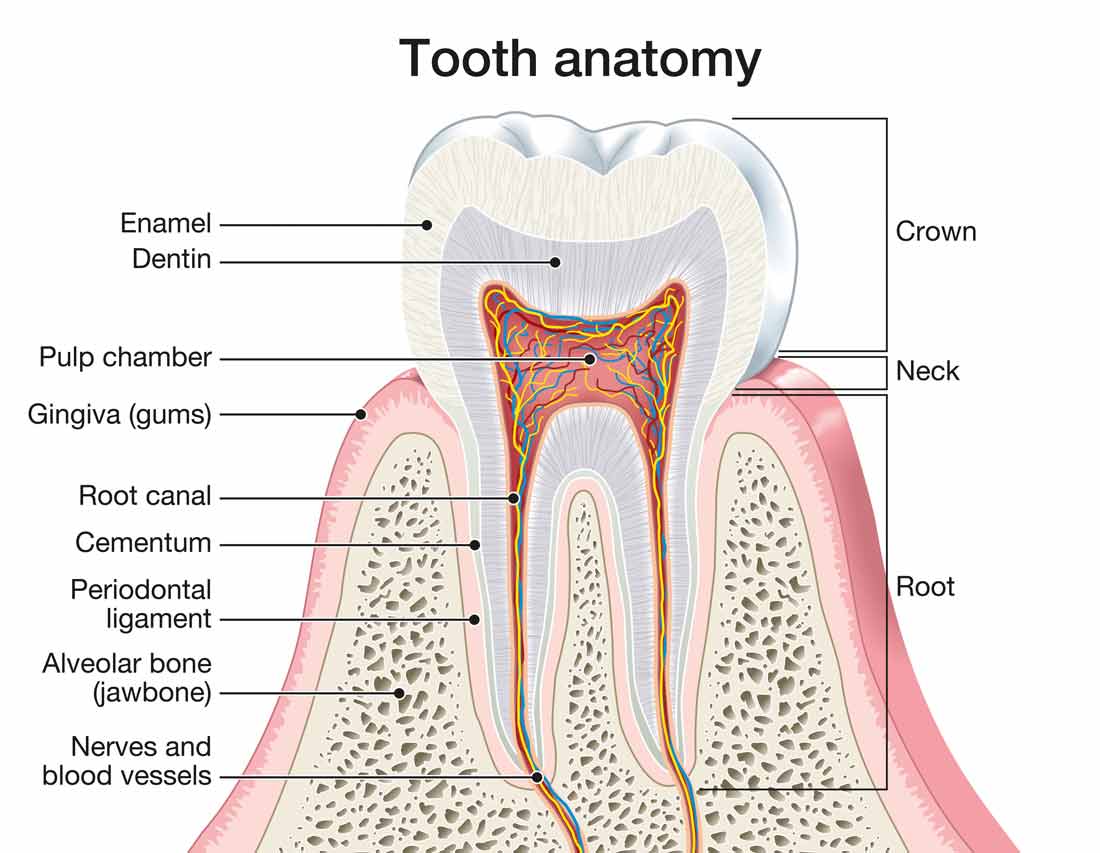
Most simply, the tooth is made up of four types of tissues. There are three hard tissues–enamel, dentin, and cementum. The last tissue, the pulp, is a soft tissue in the middle of the tooth that contains nerves, blood vessels, and connective tissue.
Regarding the hard tissues, the enamel is the outermost covering of the tooth. It is made of calcium and has no living cells. The dentin is underneath the enamel and contains small canals within it. If there is damage to the overlying enamel, one can become sensitive to temperature changes from food or liquids because the holes in the dentin allow these substances to stimulate nerves in the pulp.
Finally, cementum is hard tissue that covers the tooth root and allows connection to the tooth socket through the periodontal ligament.
Endodontists are the type of dentist who treat traumatic dental injuries. They divide their evaluation of traumatic dental injuries into chipped teeth, dislodged teeth, avulsed teeth, fractures through the root, and avulsed teeth involving bone.
With a chipped or fractured tooth, there are two options for treatment. The broken piece can be reattached, or an artificial crown or cap is placed to make the fractured tooth appear whole.
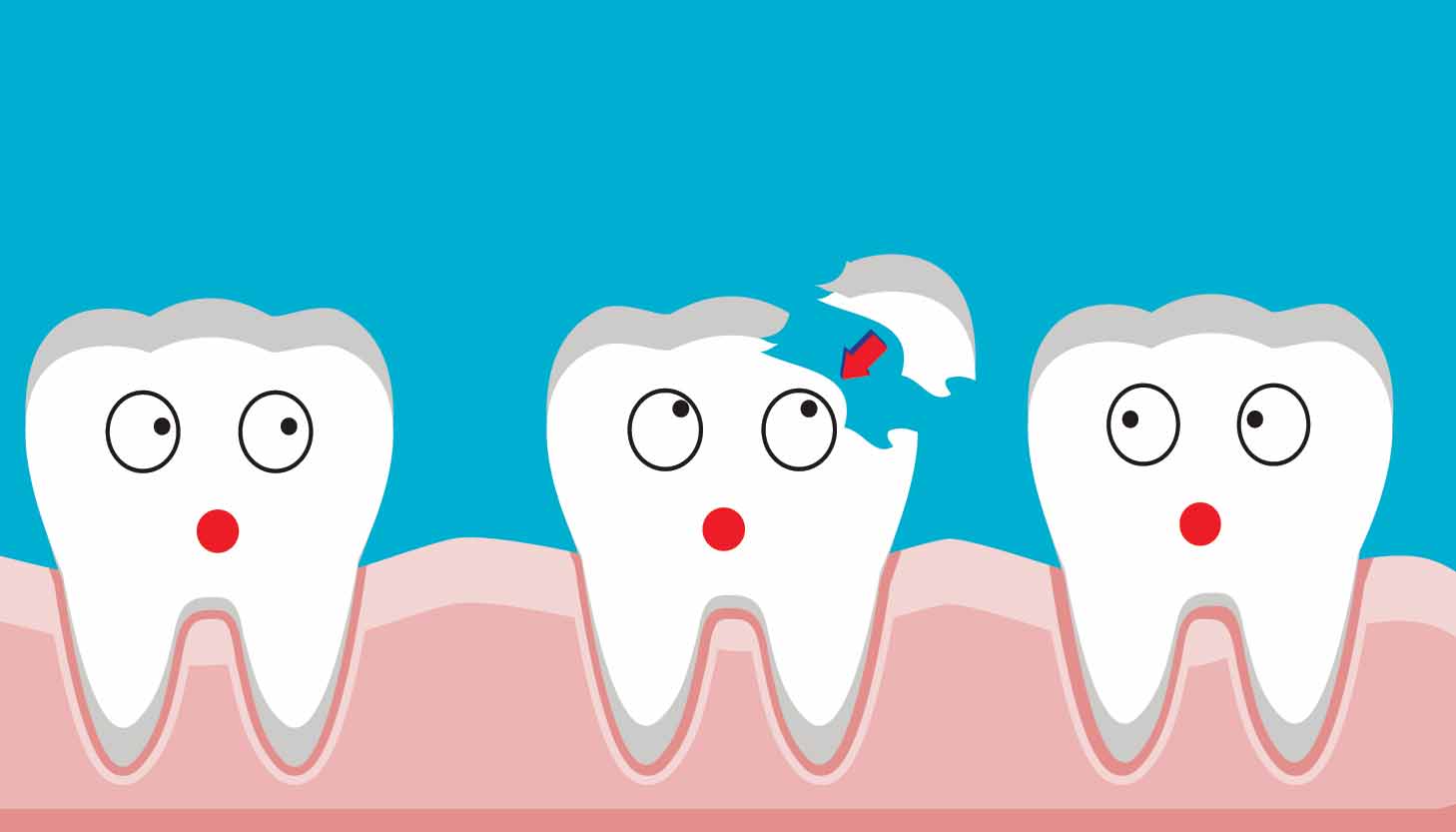
If the pulp has been exposed, a root canal may be needed.
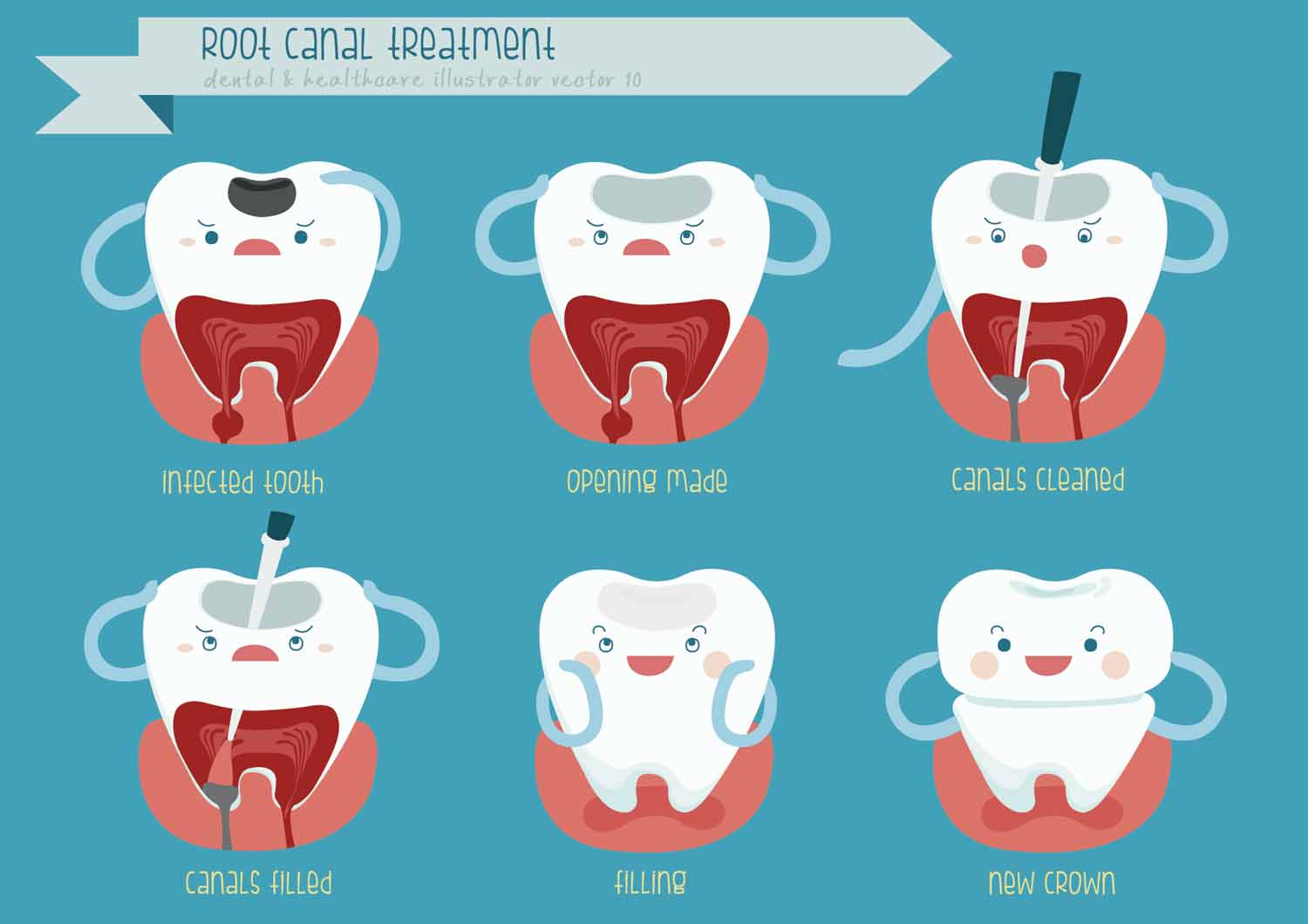
If a root canal is not performed, bacteria can multiply in the area of the pulp and cause an abscess/deep infection.
If a tooth is dislodged (also called luxated) out of its socket, but still present in the tooth space, the dentist may attempt to stabilize and properly reposition the tooth. The need for a root canal as part of treatment depends on the age of the victim. For those older than 12, a root canal followed by a crown is likely necessary. Children under the age of 12, however, may not need a root canal because their teeth have the ability to repair and re-grow.
For a tooth that has been knocked out (avulsed),
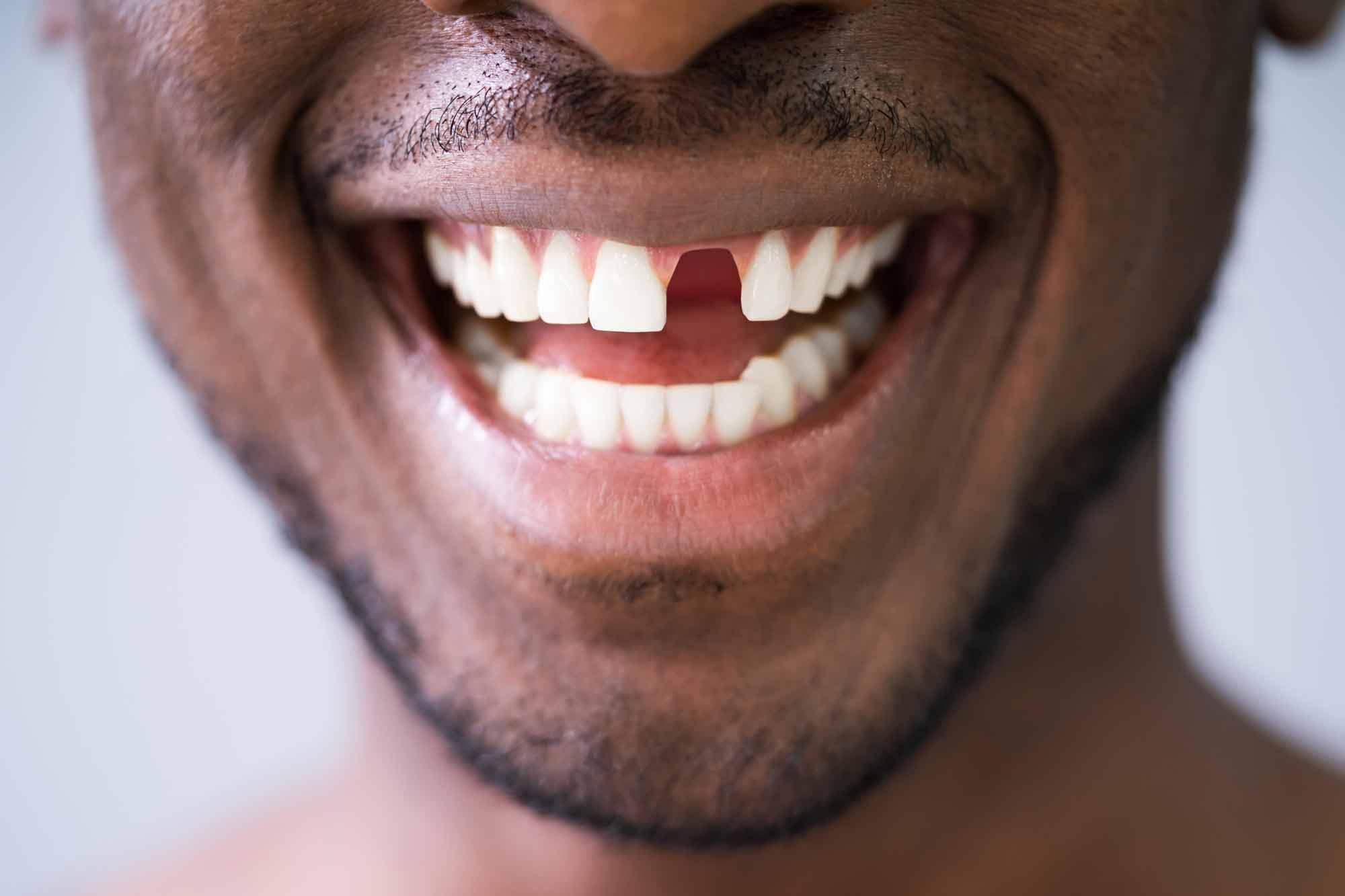
time (within 30 minutes if possible) is of the essence for best results. Alternatively, if the tooth can be kept in a nutrient-rich solution mimicking the tooth environment, like milk, for a few hours, the prognosis is fair.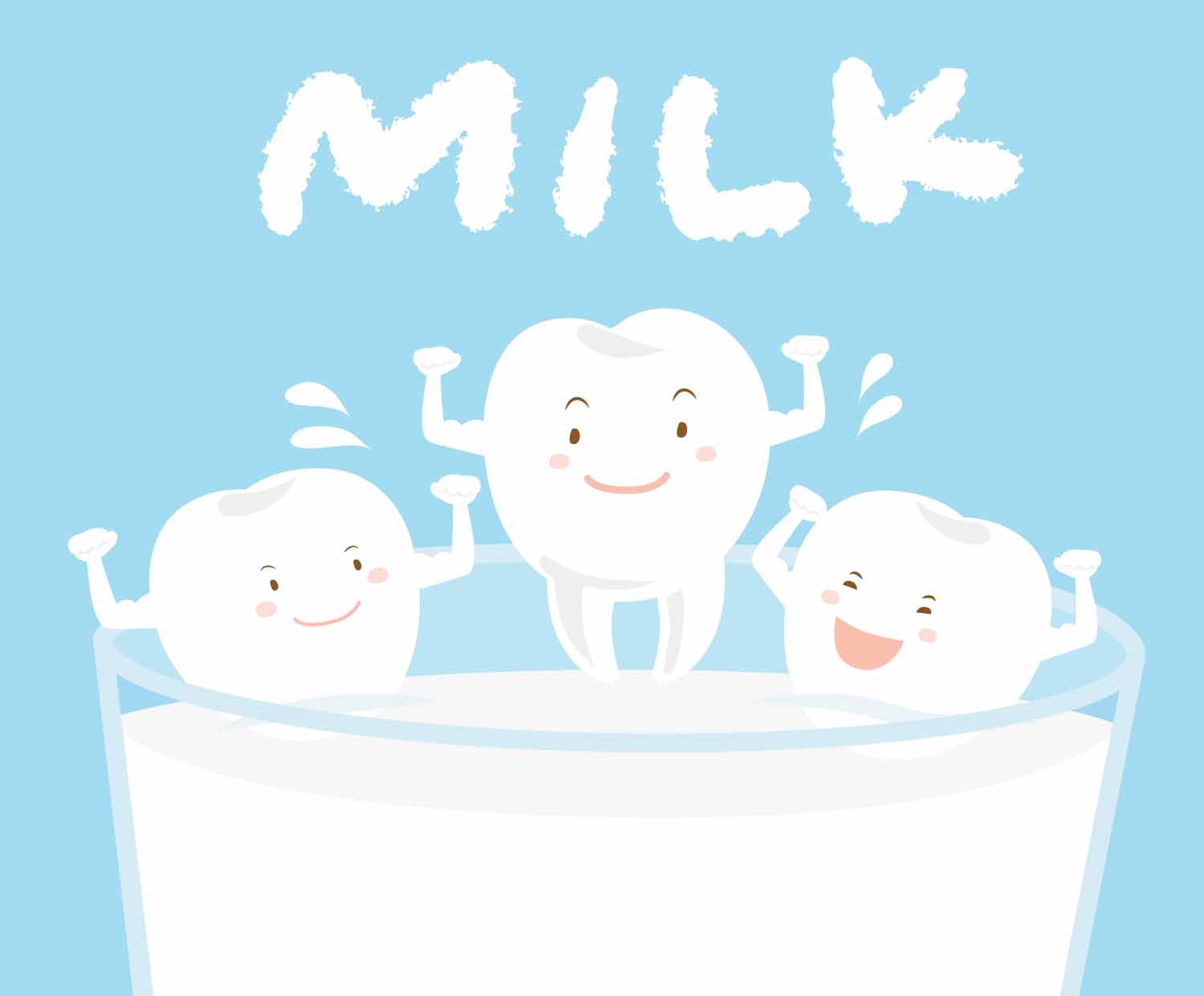
In caring for an avulsed tooth, do not touch the root surface. If treated in a timely manner, your dentist may place the tooth back in its socket along with a stabilizing splint.
Sometimes, a fracture through the root of the tooth occurs. In these cases, long-term results depend on the location of the fracture through the root. If the fracture is near the gum line, the prognosis is poor. On the other hand, a fracture closer to the root tip has a better chance of healing. If the injured tooth remains loose within its socket, then tooth extraction may be necessary. Tooth extraction results in the need for an implant or tooth replacement.
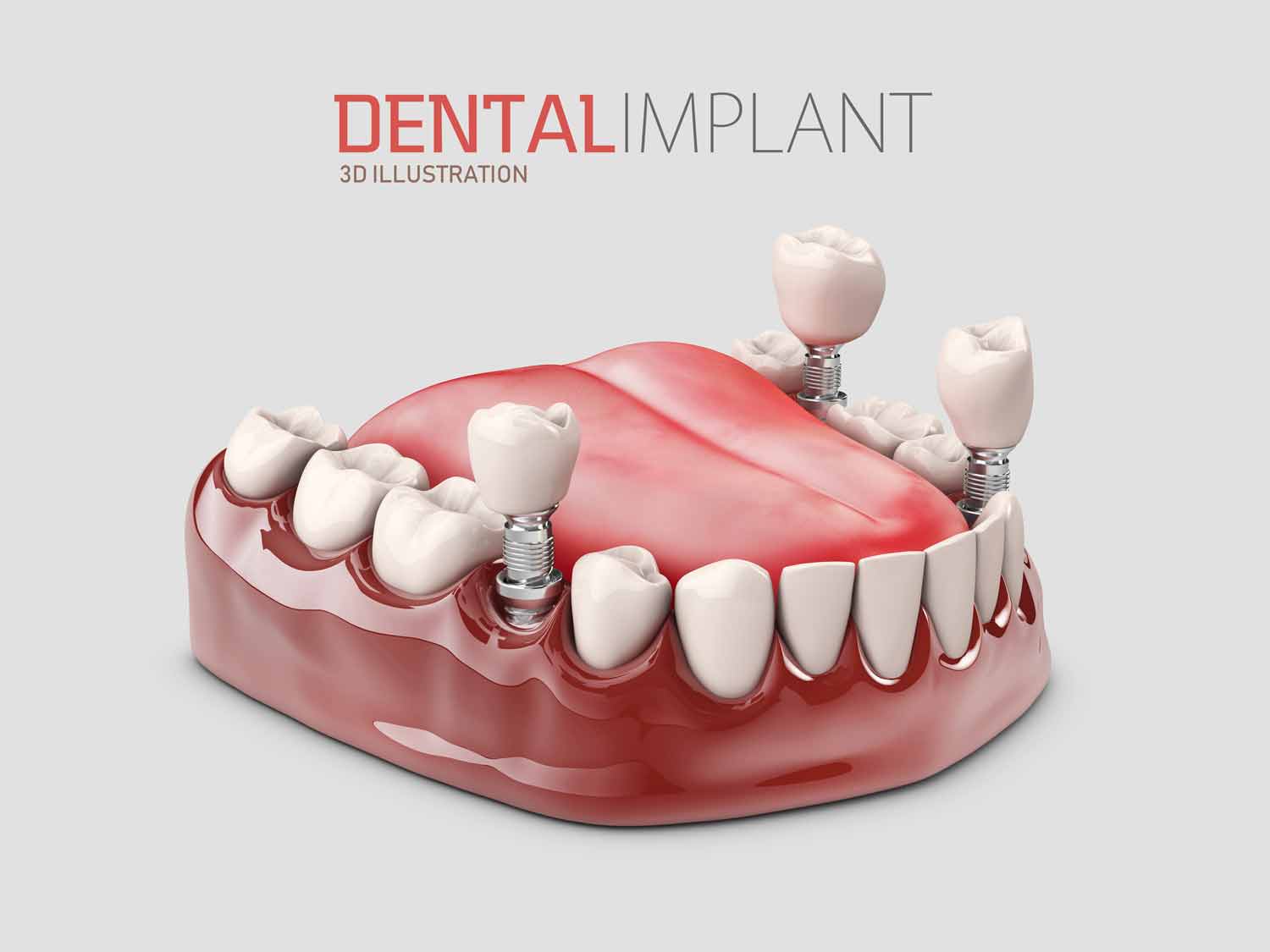
Finally, injury to the tooth can include the bone, specifically, alveolar bone. In these cases, repair may include bone grafting and the use of flexible splints.
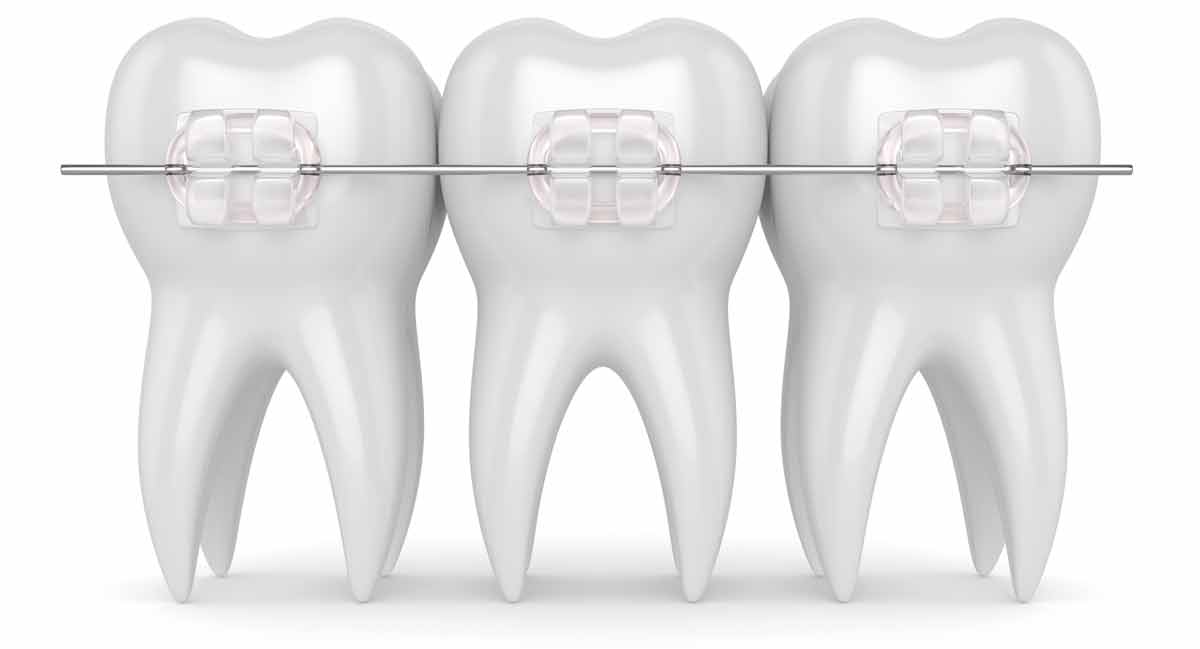
Recognition and treatment of these injuries are necessary to facilitate proper healing and salvage of a patient’s natural dentition, reducing future complications.
Dr. John, Esq. is both an attorney and a physician. Before obtaining his law degree, Dr. John Naranja practiced for approximately 12 years as an orthopedic surgeon.
